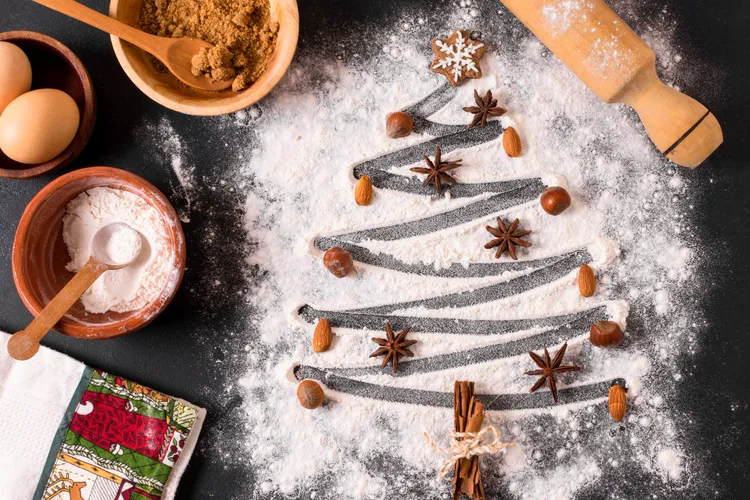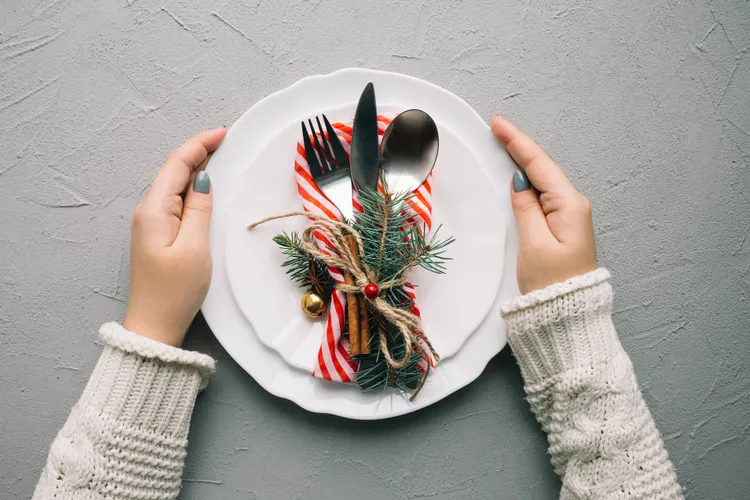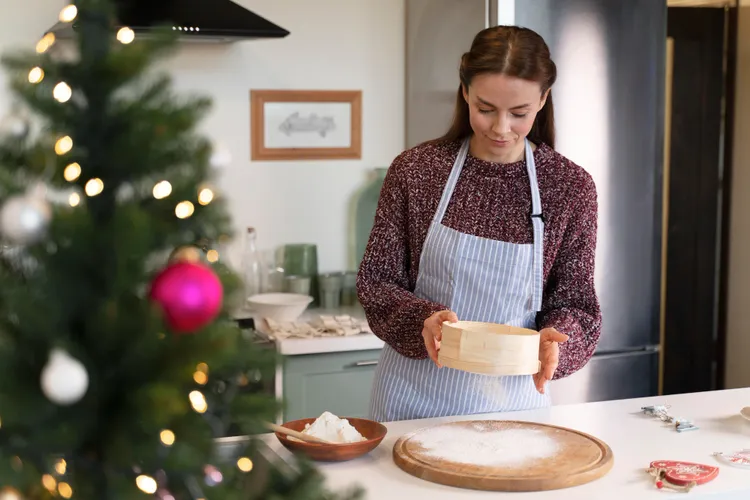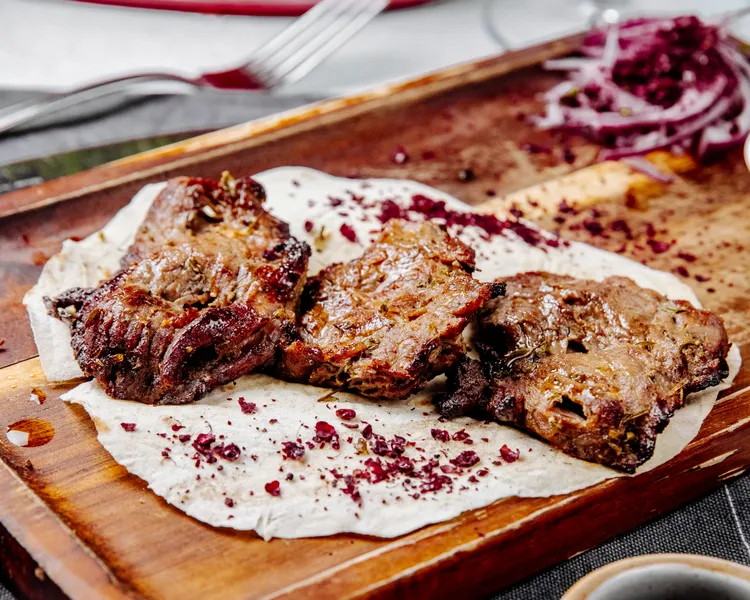Why Iron-Rich Foods Are a Must During Your Period: An In-Depth Guide to Nourishing Your Body
Menstruation is a natural, monthly process for many women and people with periods, but it comes with unique physical and emotional challenges. From cramps and fatigue to mood swings and bloating, your body is working hard during this time. One critical aspect of supporting your body through your period is ensuring you’re getting enough iron, a vital nutrient that plays a starring role in maintaining energy, combating fatigue, and promoting overall health. We’ll explore why iron-rich foods are essential during your period, the science behind iron’s role, the consequences of deficiency, and the best foods to include in your diet to stay vibrant and strong throughout your cycle.

Understanding the Role of Iron in Your Body
Iron is a mineral that your body needs to function optimally. Its primary role is to help produce hemoglobin, a protein in red blood cells that carries oxygen from your lungs to every part of your body. Oxygen is essential for energy production, muscle function, and brain health. Iron also supports myoglobin, a protein that provides oxygen to muscles, and is involved in various enzymatic processes that keep your metabolism humming.
During menstruation, your body loses blood, and with it, iron. The amount of blood loss varies from person to person, but on average, a menstrual period results in the loss of about 30-40 milliliters of blood per cycle, with some experiencing heavier flows that can exceed 80 milliliters. Since iron is a key component of blood, this loss can deplete your iron stores, especially if your diet isn’t rich in iron or if you have heavy periods. Low iron levels can lead to fatigue, weakness, and, in severe cases, iron-deficiency anemia, which can significantly impact your quality of life.
Why Iron Is Especially Important During Your Period
Here are the key reasons why prioritizing iron-rich foods during your period is a game-changer:
- Replenishing Blood Loss
Menstruation directly reduces your body’s iron stores because iron is bound to hemoglobin in red blood cells. For those with heavy menstrual bleeding (menorrhagia), the risk of iron deficiency is even higher. According to the World Health Organization, iron deficiency is one of the most common nutrient deficiencies globally, and women of reproductive age are particularly vulnerable due to monthly blood loss. Eating iron-rich foods helps replenish what’s lost, ensuring your body can produce new red blood cells and maintain oxygen delivery.
- Combating Fatigue and Low Energy
One of the hallmark symptoms of low iron is fatigue, which can feel especially pronounced during your period when your body is already taxed. Iron deficiency reduces your blood’s oxygen-carrying capacity, leaving you feeling sluggish, weak, or even lightheaded. By consuming iron-rich foods, you can boost energy levels, helping you power through your day despite the physical demands of menstruation.
- Supporting Mental and Emotional Health
Iron isn’t just about physical energy -it also plays a role in brain function. Low iron levels can impair cognitive performance, leading to difficulty concentrating, irritability, or even mood swings, which can compound the emotional rollercoaster some experience during their period. Adequate iron intake supports mental clarity and emotional stability, helping you feel more like yourself.
- Preventing Iron-Deficiency Anemia
Chronic low iron intake, combined with menstrual blood loss, can lead to iron-deficiency anemia, a condition where your body doesn’t have enough red blood cells to function properly. Symptoms include extreme fatigue, pale skin, shortness of breath, and heart palpitations. Women with heavy periods are at higher risk, and eating iron-rich foods is a proactive way to prevent this condition. If you suspect anemia, consult a healthcare provider for blood tests and guidance.
- Supporting Muscle Function and Cramp Relief
Iron supports myoglobin, which delivers oxygen to muscles. During your period, when uterine muscles are contracting (causing cramps), adequate iron ensures your muscles have the oxygen they need to function and recover. While iron alone won’t eliminate cramps, it works alongside other nutrients like magnesium to support muscle health.
How Much Iron Do You Need?
Women with heavy periods may need more iron to compensate for greater blood loss. However, it’s important not to overdo it, as excessive iron intake can cause toxicity. Always consult a healthcare provider before taking iron supplements, as they can assess your needs through blood tests.
Iron comes in two forms in food:
- Heme iron: Found in animal-based foods (e.g., meat, fish, poultry), it’s more easily absorbed by the body (15-35% absorption rate).
- Non-heme iron: Found in plant-based foods (e.g., spinach, lentils, fortified cereals), it’s less readily absorbed (2-20% absorption rate) but still valuable, especially when paired with vitamin C.
Top Iron-Rich Foods to Eat During Your Period
To help you meet your iron needs, here’s a curated list of the best iron-rich foods to incorporate during your period, along with their benefits and practical ways to enjoy them. These foods are nutrient-dense, versatile, and can fit into various dietary preferences.
- Iron content: ~2.7 mg per 3 oz of cooked beef (15% of RDA).
- Why it’s great: Red meat is one of the richest sources of heme iron, which is highly bioavailable. It also provides protein and B vitamins to support energy and muscle repair.
- How to eat it:
- Grill a lean steak and pair it with steamed broccoli (rich in vitamin C) to enhance iron absorption.
- Make a beef stir-fry with bell peppers and quinoa.
- Add ground beef to chili with beans and tomatoes for a hearty meal.
- Pro tip: Choose lean cuts to reduce saturated fat intake, and avoid overcooking to preserve nutrients.
- Liver (Chicken, Beef)
- Iron content: ~5–10 mg per 3 oz of cooked liver (28–56% of RDA).
- Why it’s great: Organ meats like liver are iron powerhouses, also rich in vitamin A and B12. They’re particularly helpful for those with heavy periods.
- How to eat it:
- Sauté chicken liver with onions and herbs for a nutrient-packed dish.
- Blend liver into a pate and spread it on whole-grain toast.
- Add small amounts to ground meat dishes to boost iron without overwhelming flavor.
- Pro tip: If liver’s strong taste isn’t for you, start with small portions or mix it into other dishes.
- Iron content: ~2.7 mg per cooked cup (15% of RDA).
- Why it’s great: Spinach is a top plant-based source of non-heme iron, plus it’s loaded with magnesium and vitamin C, which aids iron absorption and eases cramps.
- How to eat it:
- Blend spinach into a smoothie with strawberries and orange juice.
- Sauté spinach with garlic and olive oil as a side dish.
- Add spinach to soups, pastas, or omelets for an iron boost.
- Pro tip: Cook spinach to reduce oxalates, which can inhibit iron absorption.
- Iron content: ~3.3 mg per cooked cup (18% of RDA).
- Why it’s great: Lentils are a vegan-friendly iron source, also high in protein and fiber to support digestion and energy.
- How to eat them:
- Make a lentil soup with carrots, celery, and turmeric.
- Create a lentil salad with tomatoes, cucumber, and a lemon vinaigrette.
- Use lentils as a base for veggie burgers or tacos.
- Pro tip: Pair lentils with a vitamin C-rich food (like tomatoes) to enhance iron absorption.
- Shellfish (Oysters, Clams, Mussels)
- Iron content: ~8 mg per 3 oz of cooked oysters (44% of RDA).
- Why it’s great: Shellfish are rich in heme iron and omega-3 fatty acids, which reduce inflammation and support overall health.
- How to eat them:
- Enjoy steamed mussels with a tomato-based broth.
- Add canned clams to pasta dishes or chowders.
- Snack on oysters with a squeeze of lemon for a fancy treat.
- Pro tip: Ensure shellfish are cooked properly to avoid foodborne illness.
- Iron content: ~3 mg per ½ cup (17% of RDA).
- Why it’s great: Tofu is a versatile plant-based iron source, also rich in protein and calcium, making it ideal for vegetarians and vegans.
- How to eat it:
- Stir-fry tofu with broccoli, bell peppers, and a soy-ginger sauce.
- Blend silken tofu into smoothies or soups for a creamy texture.
- Bake tofu cubes with spices for a protein-packed snack.
- Pro tip: Press tofu to remove excess water for better texture and flavor absorption.
- Pumpkin Seeds
- Iron content: ~4.2 mg per ounce (23% of RDA).
- Why it’s great: These seeds are a nutrient-dense snack, also high in magnesium and zinc, which support muscle relaxation and hormone balance.
- How to eat them:
- Sprinkle pumpkin seeds on salads, yogurt, or oatmeal.
- Roast them with spices for a crunchy snack.
- Blend into a pesto or smoothie for added iron.
- Pro tip: Store seeds in an airtight container to maintain freshness.
- Iron content: ~2.8 mg per cooked cup (16% of RDA).
- Why it’s great: Quinoa is a complete protein and a good source of non-heme iron, plus it’s gluten-free and rich in fiber.
- How to eat it:
- Use quinoa as a base for grain bowls with roasted veggies and avocado.
- Make a quinoa salad with chickpeas, cucumber, and lemon.
- Swap rice for quinoa in stir-fries or stuffed peppers.
- Pro tip: Rinse quinoa before cooking to remove its natural coating, which can taste bitter.
- Fortified Cereals
- Iron content: Varies, but some provide ~18 mg per serving (100% of RDA).
- Why it’s great: Fortified cereals are an easy way to boost iron intake, especially for those with limited access to other iron-rich foods.
- How to eat them:
- Pair with milk or plant-based milk and top with berries.
- Use crushed fortified cereal as a coating for baked chicken or tofu.
- Mix into yogurt for a crunchy parfait.
- Pro tip: Choose low-sugar options and check labels for iron content.
- Iron content: ~4.7 mg per cooked cup (26% of RDA).
- Why it’s great: Chickpeas are a versatile, plant-based iron source, also high in protein and fiber to combat bloating and stabilize energy.
- How to eat them:
- Roast chickpeas with olive oil and spices for a snack.
- Blend into hummus and pair with veggies or whole-grain crackers.
- Add to curries, soups, or salads for extra iron.
- Pro tip: Soak or rinse canned chickpeas to reduce sodium and improve digestibility.
Tips to Maximize Iron Absorption
To get the most out of iron-rich foods, keep these strategies in mind:
- Pair with Vitamin C: Vitamin C enhances non-heme iron absorption. Include foods like citrus fruits, bell peppers, tomatoes, or strawberries with iron-rich meals.
- Example: Add orange slices to a spinach salad or squeeze lemon juice over lentils.
- Avoid Inhibitors: Certain compounds, like calcium, phytates (in grains and legumes), and tannins (in tea and coffee), can reduce iron absorption. Try to consume these away from iron-rich meals.
- Example: Drink coffee or tea between meals rather than with them.
- Cook with Cast Iron: Cooking in cast-iron pans can add small amounts of iron to your food, especially for acidic dishes like tomato-based sauces.
- Eat a Variety of Sources: Combine heme and non-heme iron sources to diversify your intake and improve overall absorption.
Additional Considerations
- Hydration: Drink plenty of water to support digestion and prevent constipation, which can be a side effect of iron-rich foods like red meat or legumes.
- Balance with Other Nutrients: Pair iron-rich foods with magnesium (e.g., nuts, leafy greens) and omega-3s (e.g., salmon, flaxseeds) to address other period symptoms like cramps and inflammation.
- Vegetarian/Vegan Diets: If you avoid animal products, focus on plant-based iron sources and pair them with vitamin C to maximize absorption. Consider fortified foods or supplements if needed.
- Heavy Periods: If you have menorrhagia, talk to a doctor about managing bleeding and ensuring adequate iron intake, as you may need more than the standard RDA.
- Listen to Your Body: Cravings for iron-rich foods (like red meat) during your period may be your body’s way of signaling a need for iron.
Iron is a critical nutrient during your period, helping to replenish blood loss, boost energy, support mental clarity, and prevent deficiency-related complications like anemia. By incorporating iron-rich foods like red meat, spinach, lentils, and shellfish into your diet, you can nourish your body and feel your best, even during the challenges of menstruation. Pair these foods with smart eating strategies - like combining them with vitamin C and spacing out inhibitors - to maximize absorption and benefits. Listen to your body, prioritize nutrient-dense meals, and consult a healthcare provider if you suspect iron deficiency or have heavy periods. With the right foods, you can power through your period with strength and vitality.
Check out our Iron Rich Recipes Collectionfor nourishing dishes.
Disclaimer: This post is for informational purposes only. Consult a healthcare professional or registered dietitian for personalized advice, especially if you have heavy periods, suspect iron deficiency, or have dietary restrictions. Iron supplements should only be taken under medical supervision.









